The Terracotta Army: A Historical Marvel
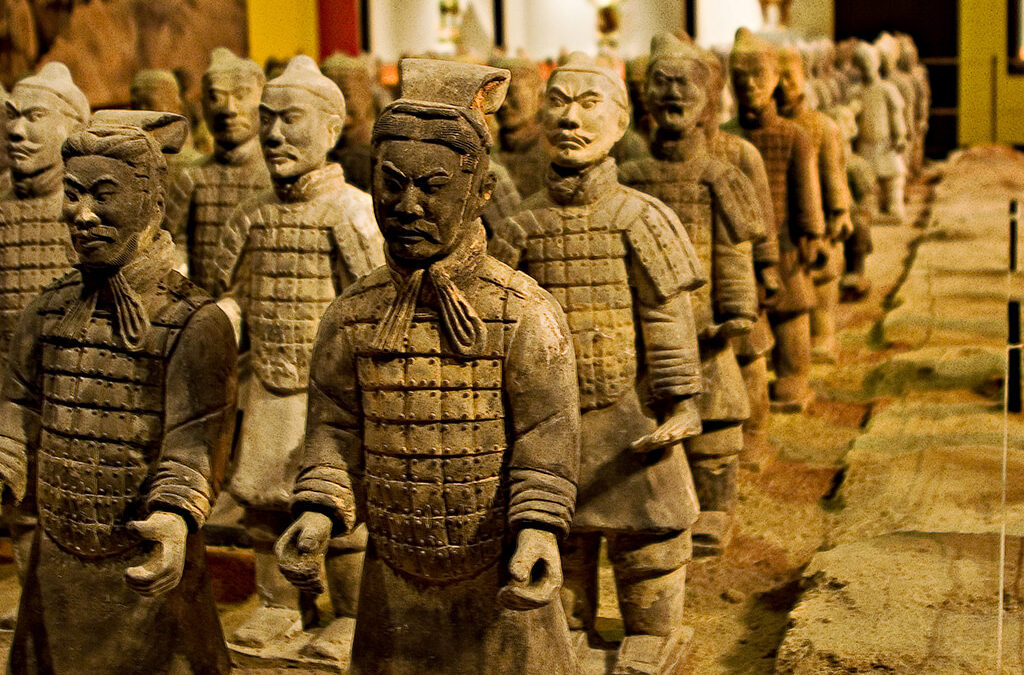
The Terracotta Army: A Historical Marvel
The Terracotta Army: A Historical Marvel
Introduction
The Terracotta Army is an extraordinary collection of terracotta sculptures depicting the armies of Qin Shi Huang, the first Emperor of China. Buried with the emperor in 210-209 BCE with the purpose of protecting him in the afterlife, these life-sized statues have remained an archaeological marvel since their discovery in 1974.
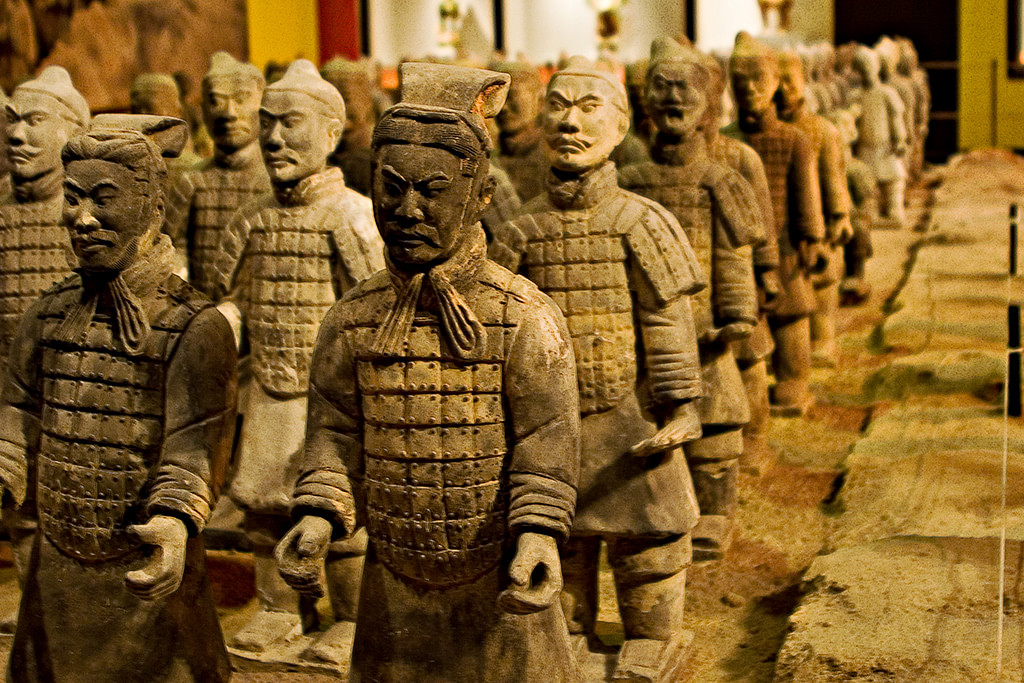
The Discovery
The Terracotta Army was accidentally discovered by local farmers in the Lintong District, Xi’an, Shaanxi province, China. What began as a simple well-digging turned out to be one of the most pivotal archaeological finds of the 20th century. Little did the farmers know that beneath their feet lay an entire underground world waiting to be unveiled.
Historical Context
Qin Shi Huang, born as Ying Zheng, ascended the throne at a young age and eventually unified China in 221 BCE. His reign marked the beginning of the Qin Dynasty. Known for his expansive building projects, the construction of the Great Wall of China, and the standardization of Chinese script, currency, and measurements, his legacy is both monumental and controversial.
The Mausoleum
The emperor’s burial complex, known as the Qin Shi Huang Mausoleum, sprawls over 38 square miles. According to historical records, including those by the historian Sima Qian, the mausoleum complex was constructed by more than 700,000 workers over several decades. This vast necropolis was designed to mirror the urban plan of the capital and included palaces, offices, and fortifications to protect the emperor in his afterlife.
The Terracotta Figures
The terracotta statues are not merely soldiers but a comprehensive representation of Qin Shi Huang’s imperial guard. They include warriors, chariots, horses, and even non-military figures like musicians, acrobats, and officials. Experts estimate that there may be more than 8,000 soldiers, 130 chariots with 520 horses, and 150 cavalry horses, although not all have been unearthed yet.
Craftsmanship
The detailed craftsmanship of the figures is astonishing. Each soldier is unique, with intricate facial features, expressions, hairstyles, and uniforms representing different ranks and roles. The figures were likely crafted in workshops by assembling modular parts like legs, arms, torsos, and heads. The ceramics were then fired in kilns and assembled on-site.
The Armament
Originally, the terracotta soldiers were equipped with real weapons, including swords, spears, crossbows, and arrowheads. However, many of these bronze weapons have since eroded or been looted over the centuries. The quality of these weapons highlights the advanced metallurgical skills of the Qin Dynasty.
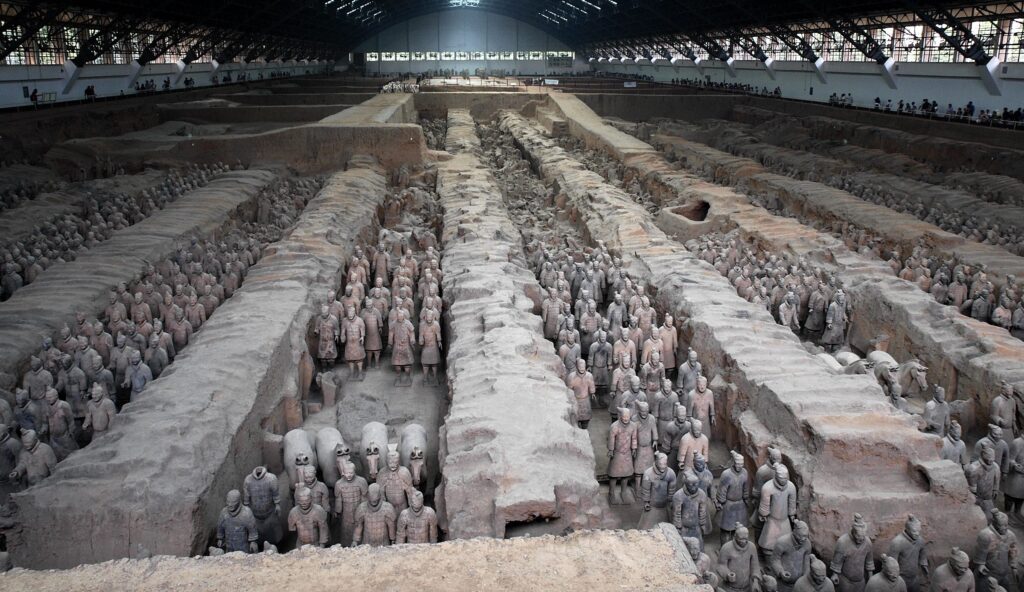
Colors and Paintings
Initially, the terracotta soldiers were painted in bright colors using a technique involving lacquer derived from tree sap. Unfortunately, exposure to air during excavation caused the paint to flake off rapidly, leaving most of the statues in their natural terracotta color. Conservation efforts continue to find ways to preserve the remaining traces of paint.
The Significance
The discovery of the Terracotta Army provides significant insight into China’s ancient history. It highlights the sophisticated skills in artistry, craftsmanship, and military organization during the Qin Dynasty. The sheer scale of the project also reflects the emperor’s ambitious vision and his quest for eternal life and protection.
Symbolism
The Terracotta Army is symbolic of strength, discipline, and meticulous planning. The detailed regimentation of the army mirrors the real-life military organization that helped Qin Shi Huang achieve his conquests. Additionally, the non-military figures illustrate the emperor’s desire to have a complete society in the afterlife, encompassing all aspects of his terrestrial reign.
Archaeological Impact
The excavation of the Terracotta Army has greatly influenced the field of archaeology. It prompted new methodologies in excavation and preservation, especially regarding treatments to protect the fragile paint on the figures. The discovery also brought international attention to China’s ancient heritage and archaeological practices, fostering global cultural exchange.
Future Discoveries
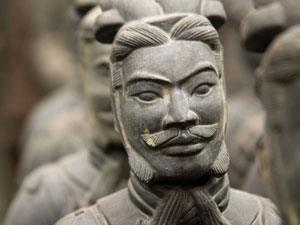
Despite extensive excavation efforts, large sections of the mausoleum and additional terracotta figures remain unexplored. Archaeologists continue to employ advanced technologies like ground-penetrating radar and remote sensing to uncover more about this historical treasure without causing extensive damage.
Conclusion
The Terracotta Army stands as a testament to the grandeur and complexity of Qin Shi Huang’s reign. It not only underscores the emperor’s desire for eternal protection but also offers invaluable insights into ancient Chinese art, culture, and military history. As ongoing research and excavation efforts continue to reveal more about this astounding ancient wonder, the legacy of the Terracotta Army endures, captivating the world with its rich historical and cultural narrative.
Feel free to explore the lasting legacy and cultural significance of the Terracotta Army, an unparalleled marvel from ancient China that continues to intrigue historians, archaeologists, and tourists alike.

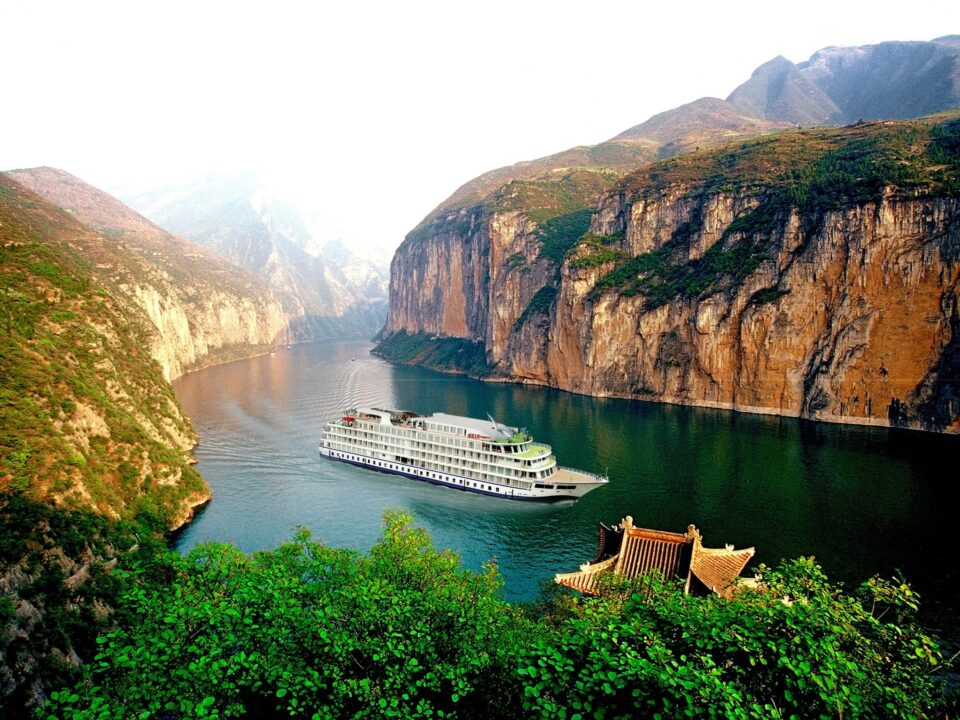
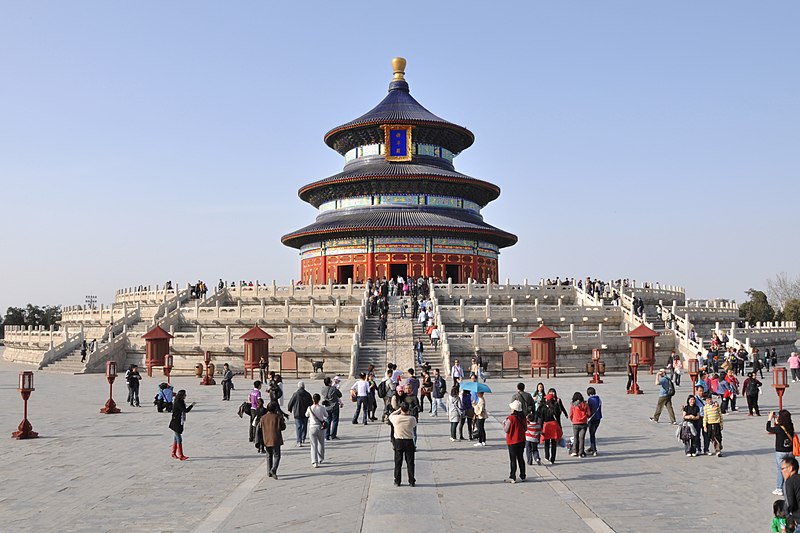
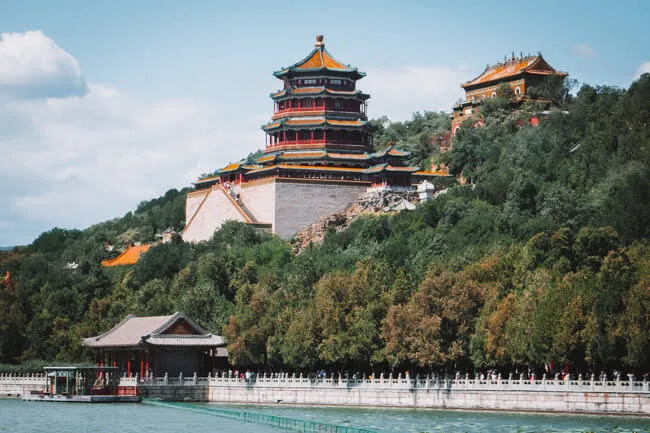
1 Comment
[…] The Terracotta Army: A Historical Marvel […]